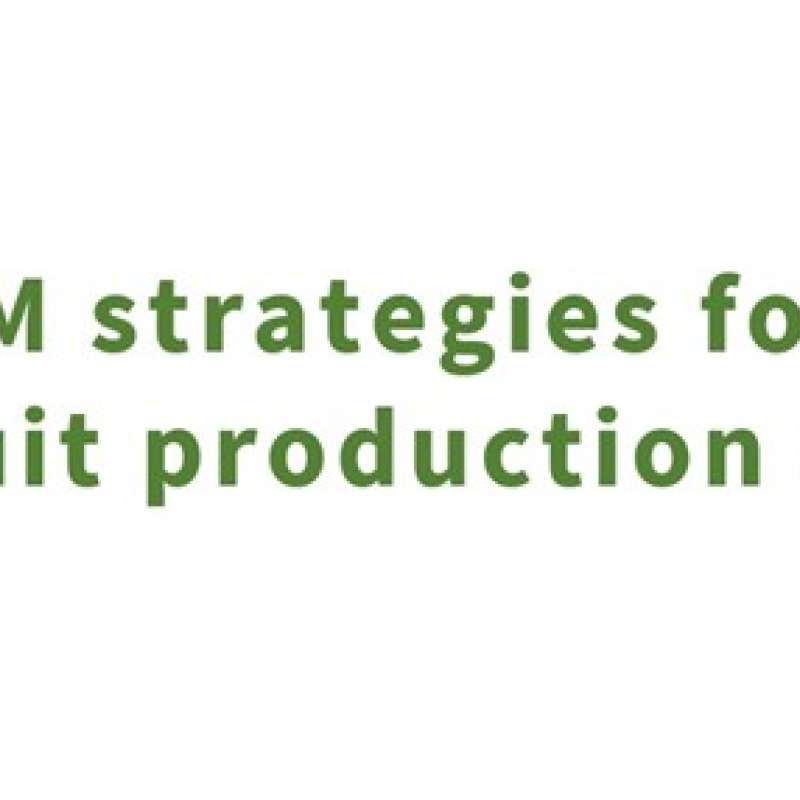Lene Sigsgaard
Senior Research Scientist
Abstract
No abstract has been registered
Abstract
No abstract has been registered
To document
Authors
Ingeborg Klingen Nils Bjugstad Therese With Berge Krzysztof Kusnierek Hans Wilhelm Wedel-Jarlsberg Roger Holten Anette Sundbye Lene Sigsgaard Håvard Eikemo Kirsten Tørresen Valborg KvakkestadAbstract
No abstract has been registered

